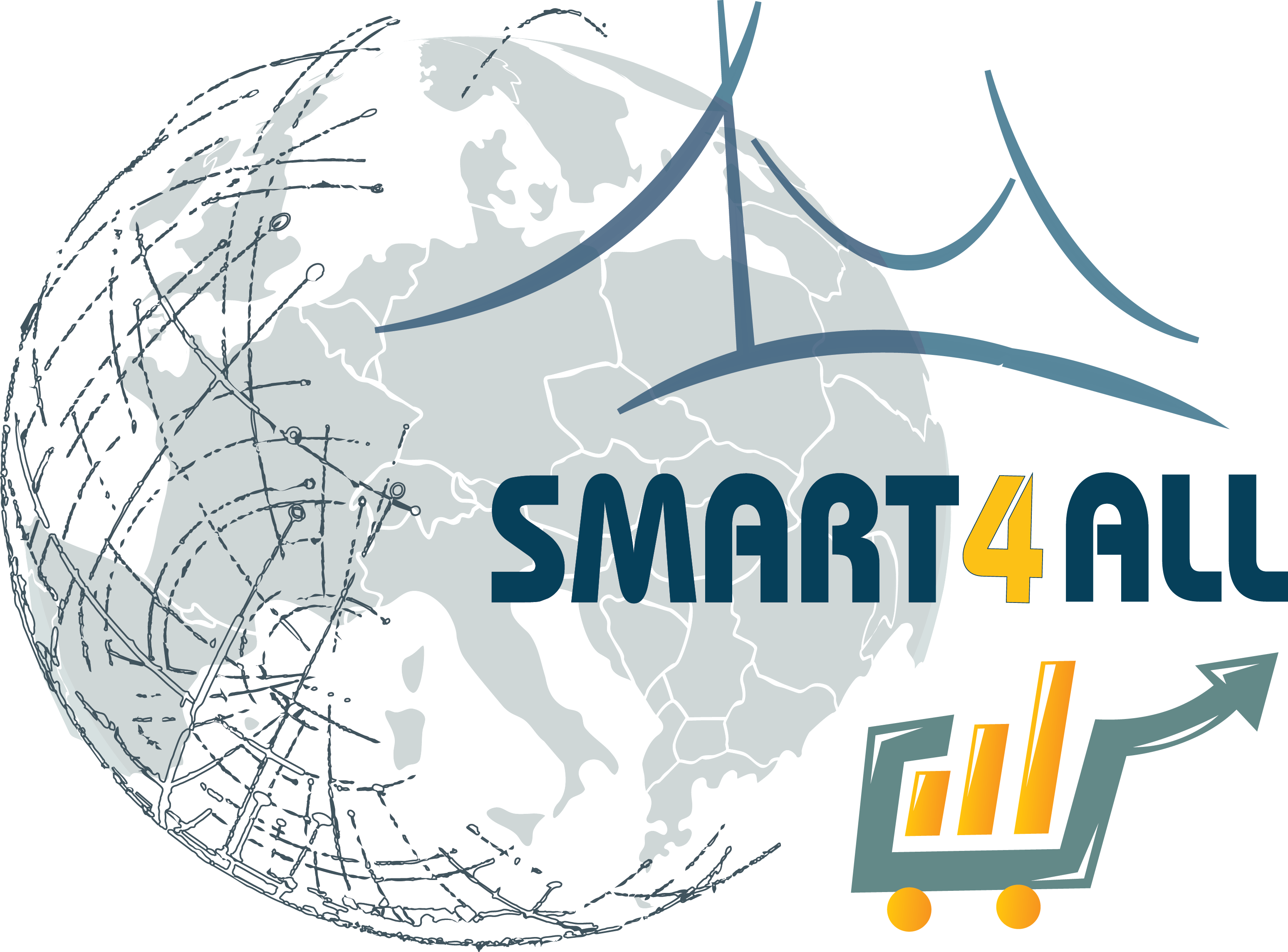Federated MESH
 Digitized Anything
Digitized Anything
Consortium: SOUTH EAST EUROPEAN UNIVERSITY (Tetovo, North Macedonia) / Max Van Der Stoel Institute (Tetovo, North)
Funded by: Internal Experiment
Federated Learning for Medical Data Sharing in Mesh Network is a state-of-art distributed machine learning technique to enable machine learning without directly accessing raw data on clients or end devices. In theory, such distributed machine learning techniques have great potential in eHealth applications, in which data are typically generated and collected at the client-side (e.g. hospitals) rather than be collected and processed at the server-side (e.g., third-parties).
This work is the first attempt to provide empirical comparisons of FL in real-world IoT wireless mesh network settings in terms of learning performance and device implementation overhead. We consider a real medical dataset, multiple clients, and various performance metrics. We empirically evaluate the learning performance (i.e., model accuracy and convergence time) of FL. For implementation overhead, we mount FL on Raspberry Pi devices (~15) and comprehensively evaluate their overhead, including training time, communication overhead, power consumption, and memory usage.
The innovation potential of the FederatedMesh project lies in applications enabled to combine personal data and Federated Learning within a trusted environment. This can give rise to new eHealth applications for disease detection (e.g., heart attack detection) ,personalized ML-based assistants for safer and healthier lives, energy savings in green energy trading and consumption predictions and optimized resource usage through traffic predictions in smart cities. The proposed solution is in line with the Digitized Anything vertical of the Smart4All project.

Identification of the challenges and opportunity for eHealth applications using FL. The objective is first to understand the requirements, technical challenges, properties and support service needed to enable FL eHealth applications. With regards to innovations, the objective is to identify the needs and stakeholders to convert the FederatedMesh advances into products and services required by the market and society.Design and prototype development. The aim of this objective is to elaborate an architectural design which identifies the main components and their interactions and develop a working prototype for selected eHealth use-case using FL.
The actual federated learning paradigm is conceived as a Master-Slave approach, where the control and “intelligence” is centralized in a Master node, and worker nodes (clients) are passive computing machines. Different to the above centralized approach, we argue for a decentralized organization of federated machine learning, where the intelligence, decision and control resides in the worker nodes. However, this comes with the following challenges: Network Heterogeneity: Mesh networks can include a wide range of devices with varying computational capabilities and energy constraints. Some devices may be resource-constrained, making it difficult to perform complex machine learning tasks or participate actively in federated learning. Balancing the participation of such devices is a challenge.Privacy and Security: Federated learning relies on devices collaboratively training a shared model without sharing their raw data. Ensuring data privacy and security in a decentralized environment like a mesh network is challenging. Protecting against potential threats such as data leaks, model poisoning, and unauthorized access is crucial.Robustness to Device Failures: Mesh networks are prone to device failures or dropouts due to factors like battery depletion, mobility, or hardware issues. Federated learning algorithms must be robust enough to handle these failures without disrupting the training process.
The innovation potential of the FederatedMesh project lies in applications enabled to combine personal data and Federated Learning within a trusted environment. This can give rise to new eHealth applications for disease detection (e.g., heart attack detection), personalized ML-based assistants for safer and healthier lives, energy savings in green energy trading and consumption predictions and optimized resource usage through traffic predictions in smart cities. The proposed solution is in line with the Digitized Anything vertical of the Smart4All project.
Federated learning has the potential to connect all the isolated medical institutions, hospitals, or devices to make them share their experiences with privacy guarantee. Federated learning holds great promises on healthcare data analytics. For both provider (e.g., building a model for predicting the hospital readmission risk with patient Electronic Health Records (EHR)) and consumer (patient)-based applications (e.g., screening atrial fibrillation with electrocardiograms captured by smartwatch), the sensitive patient data can stay either in local institutions or with individual consumers without going out during the federated model learning process, which effectively protects the patient's privacy. Federated learning has also enabled predictive modeling based on diverse sources, which can provide clinicians with additional insights into the risks and benefits of treating patients earlier. Other applications include smart retail and finance.



